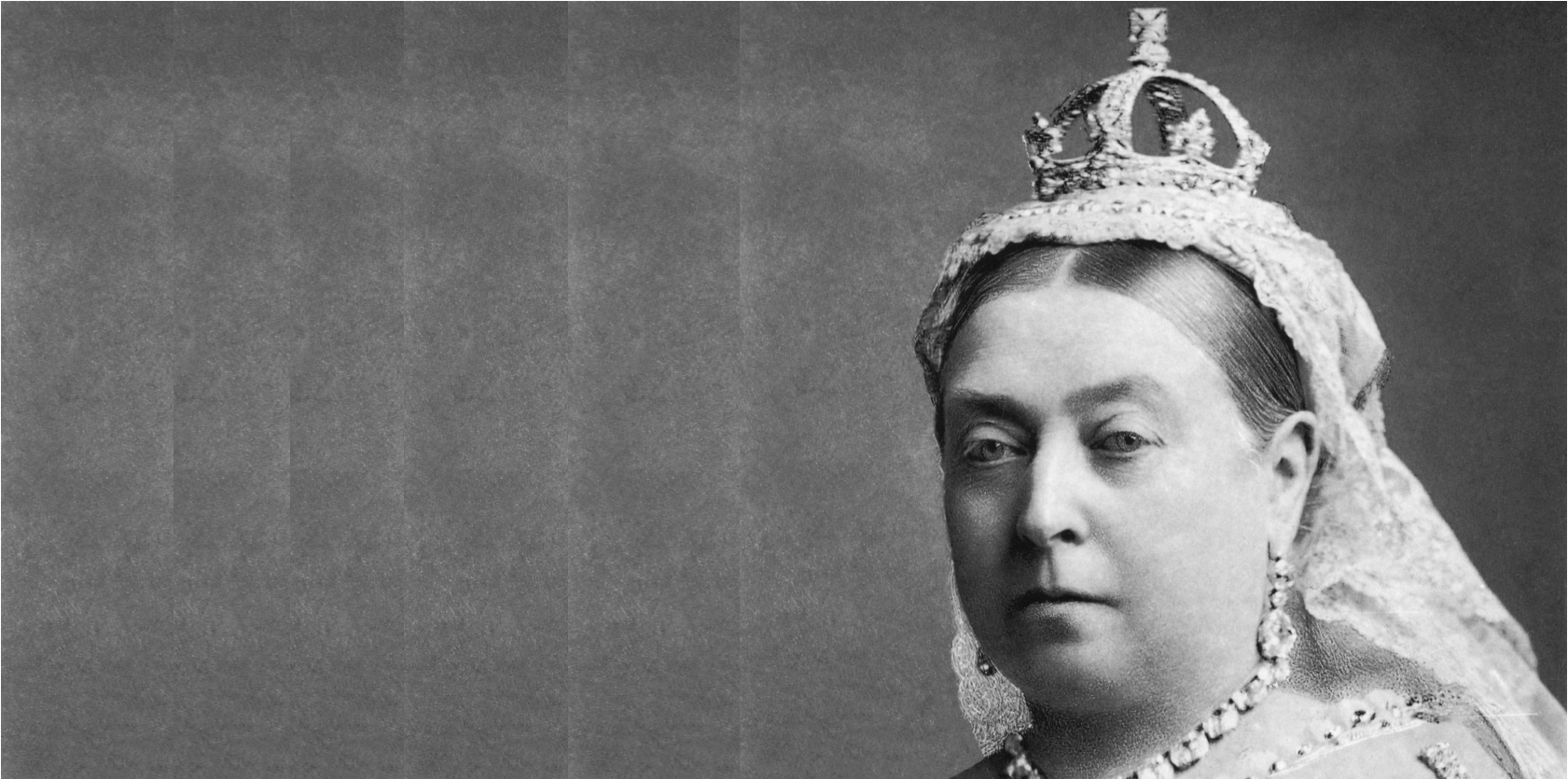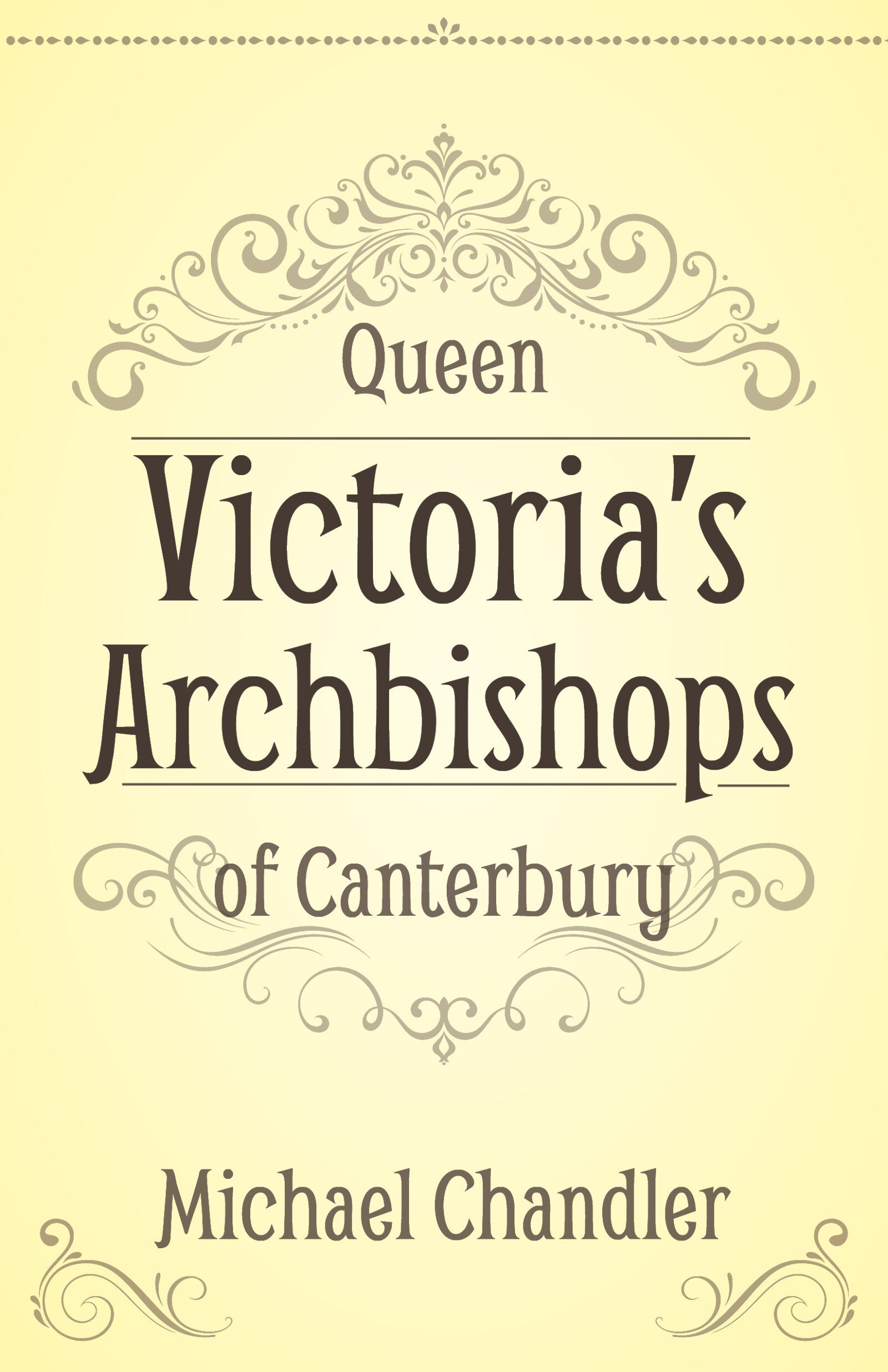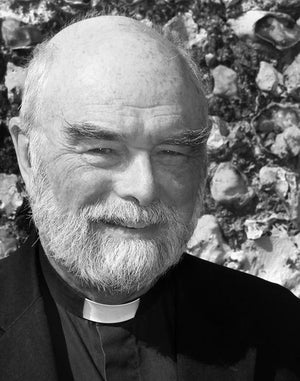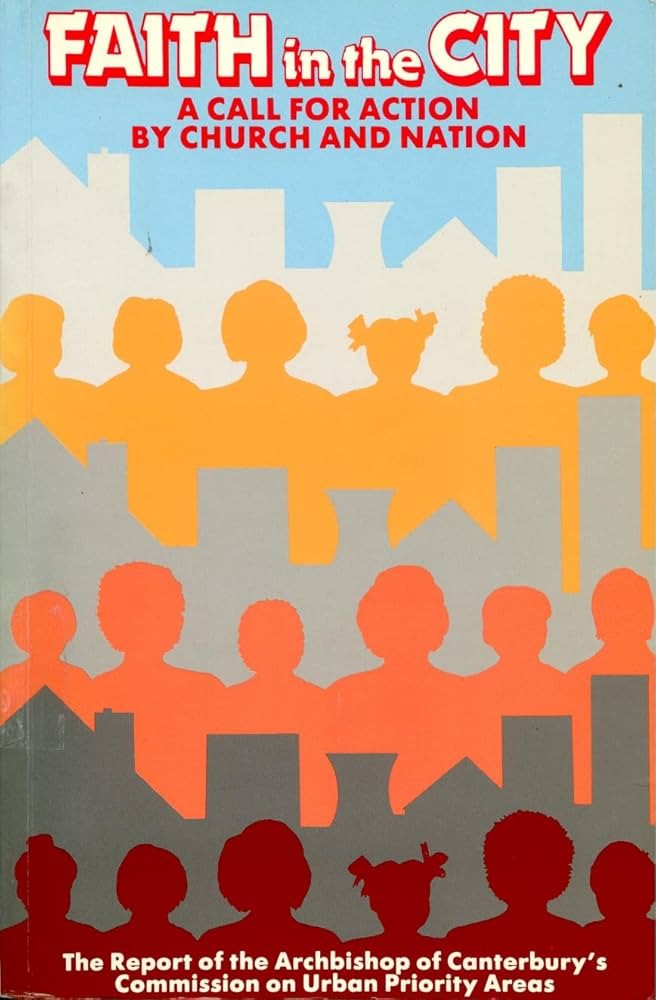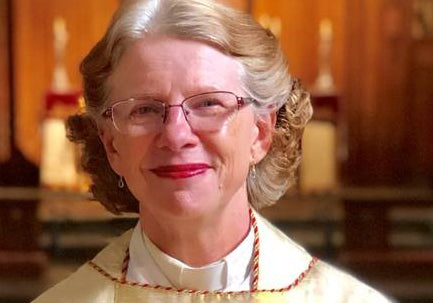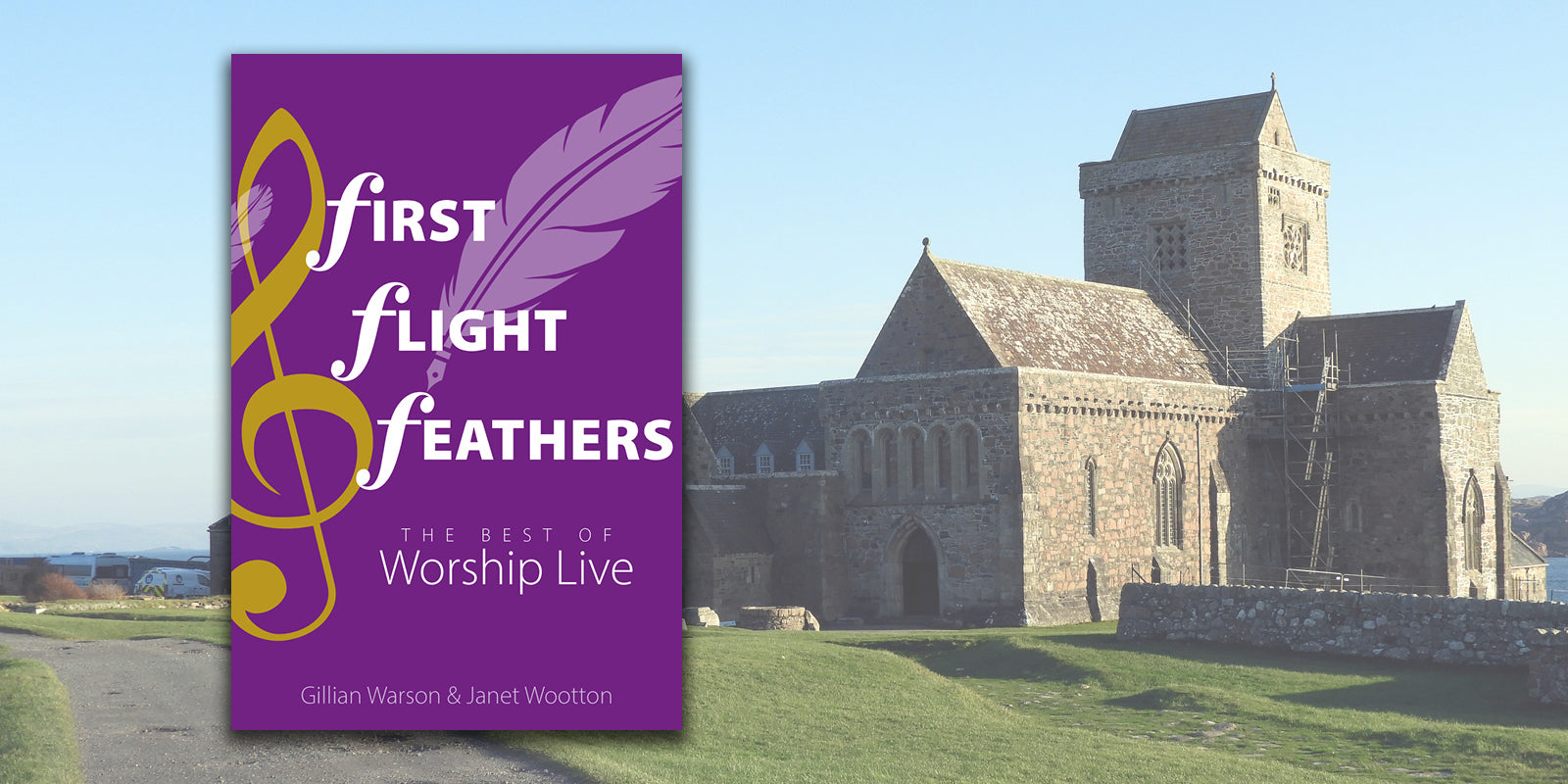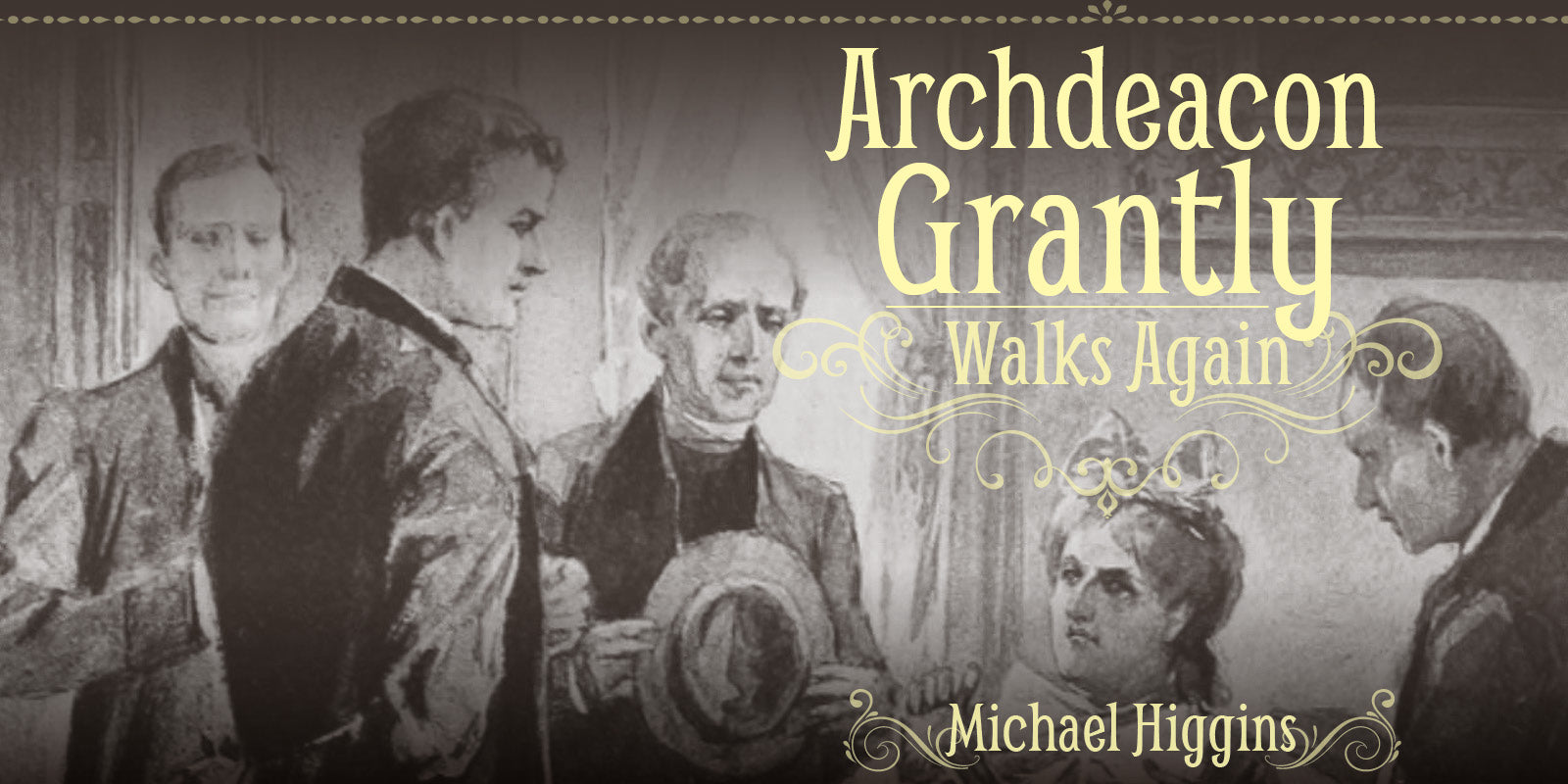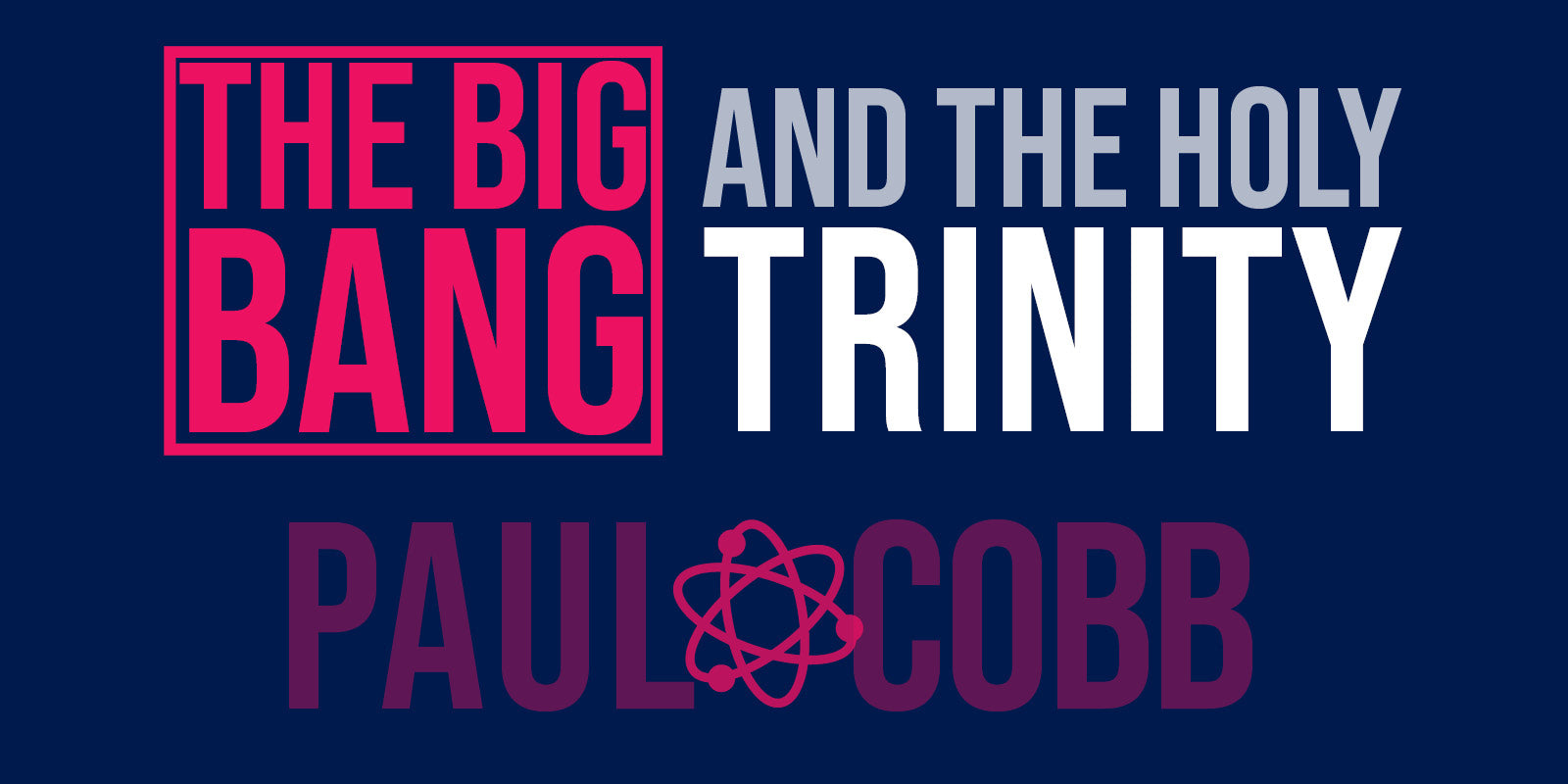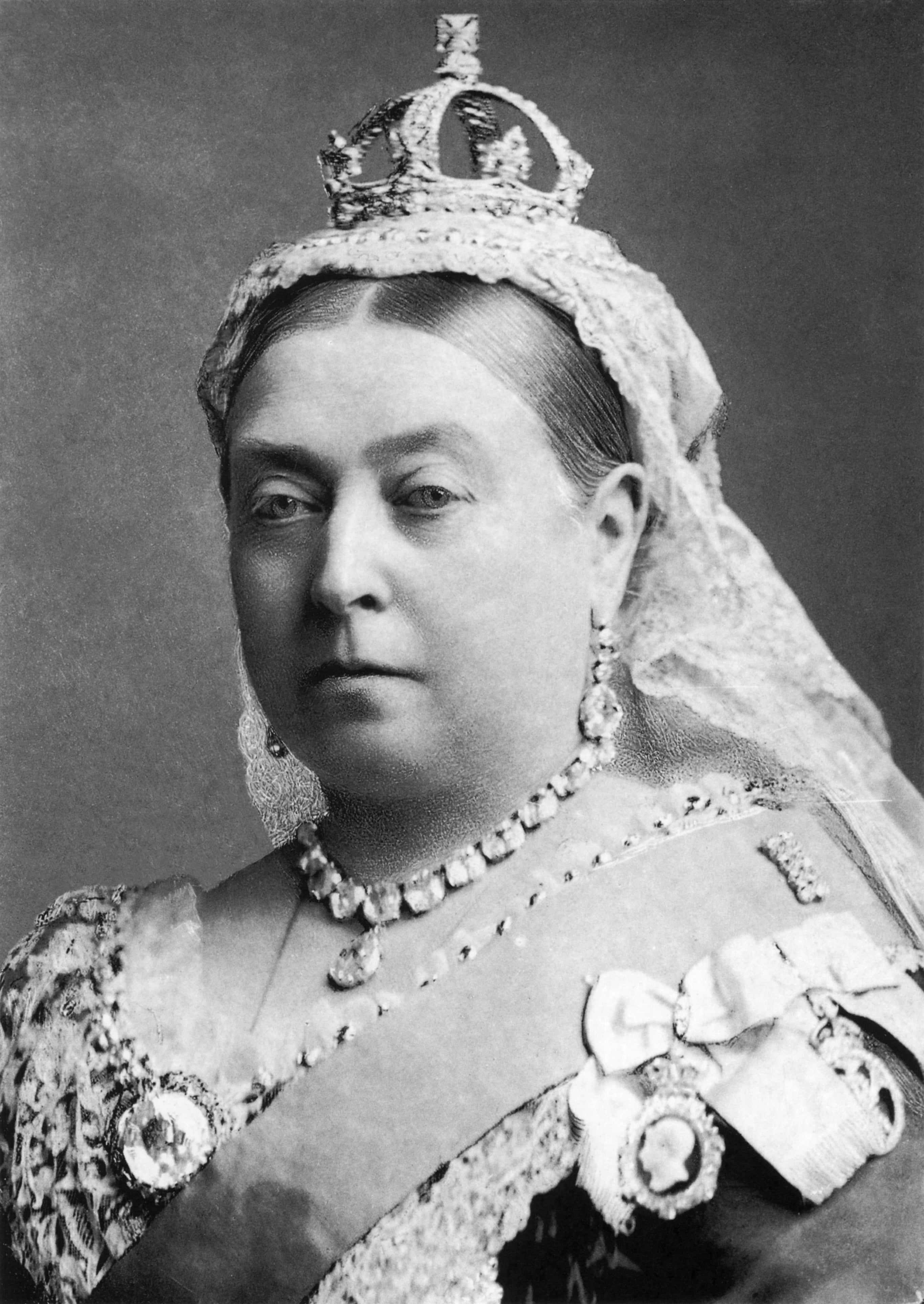 GUEST BLOG: Michael Chandler, author of Queen Victoria’s Archbishops of Canterbury, explores this question and gives us a sneak preview of the archbishops featured in his new book.
GUEST BLOG: Michael Chandler, author of Queen Victoria’s Archbishops of Canterbury, explores this question and gives us a sneak preview of the archbishops featured in his new book.
Lots of us imagine that the so-called Victorian Age was a triumphant time for Christianity in England. Parish churches stood by the village green, “snug and smug among the hedgerows”, with imposing vicarages and beautiful manor houses nearby; with cheerful and happy peasants working happily to make the whole thing viable… Even the most complacent living in that period, though, sensed that the old certainties were shifting. Yet the gospel of Christ had to be proclaimed in every generation, and the Church of England was called to fulfil its role, declare its witness, even as life changed.
Away from the rural idyll (which was less idyllic than it seemed), factories and mills belched smoke and toxic fumes over crowded hovels and slums, and starving children worked in coal mines and up chimneys. Much was degraded and demoralised…
Intellectual ferment was also going on. Geology was questioning ancient ideas; evolution challenged Scripture’s stories about creation; in the universities, biblical criticism emerged and asked awkward questions. Politically, it was clear that the franchise must be widened, and the people must be educated. Across the nation—across the world—new ideas, new insights and new discoveries clamoured for expression; a burgeoning empire demanded attention and the Church’s mission.
Like every institution, the Church of England was challenged by the ferment of the Victorian era. For the men called to lead the Church there was no escape from engaging with the uneven ferment of the nineteenth century. Leadership in the Church of England was, back then, entirely vested in the bishops and archbishops. At the head of them all was the Archbishop of Canterbury, but they, too, were fallible human beings, and the effectiveness of their leadership was as patchy as the reality in which they ministered.
William Howley was the ninety-first occupant of the throne of St Augustine. He was appointed before Queen Victoria came to the throne, and before the great changes of the Victorian age began. For him that rural idyll really had been the background of his early life and ministry. For twenty years he laboured at the archbishopric with quiet, thoughtful and unassuming devotion, leaving his successors with a “goodly heritage” on which to build in changing times. His successor, John Sumner, did his best to carry forward the work in an increasingly complex situation. The Church grappled with the insights of new scientific discoveries, and was slow to grasp the complexities. Sumner was a holy man, still of the old school, and hardly to blame for his lack of success.
However, he was followed by Charles Longley who had a wider vision and was more in tune with the needs of the age. To him goes the credit for recognising that the Church of England had responsibilities beyond its native shores. This he did by calling the first Lambeth Conference, and so was instrumental for future Anglican self-understanding. He was insightful and sufficiently adaptable for the Church, on his death, to move forward with some confidence.
Longley’s successor was Archbishop Tait, a great man in his own right who would have excelled in any walk of life. He disliked the new liturgical insights and practices, but his breadth of character meant that under his leadership, the Church of England lived up to its vocation to make disciples, and the world-wide work was carried forward. Tait was followed by a similarly energetic man, Edward Benson. He was rather more idiosyncratic, but under his leadership the Church continued to develop its witness at home and across much of the world, across the British Empire and beyond. Curiously, he was unique among Victorian archbishops in starting to build the first English cathedral for centuries when he served as Bishop of Truro.
Last among Queen Victoria’s Archbishops of Canterbury came Frederick Temple. He was an old man when he came to the primacy. Temple was Archbishop of Canterbury when the old Queen died; to him fell the responsibility of crowning a new monarch. As the last of the Victorian archbishops, his role was to consolidate what had been achieved, and to hand on the Church to the generation which would bring it into the twentieth century with its “wars and rumours of wars”. With his gruff manner and strong sense of purpose, he was described as “granite on fire”.
All six of these Archbishops of Canterbury strove to demonstrate the truth of an adage of another Victorian, that “Christianity is an heroic adventure”. Some were more heroic than others, but all lived the gospel truth in their day and carried the flame of faith to those who came after them.
Michael Chandler is an historian and author of several books on the Church of England in the nineteenth century. He is a former Dean of Ely and Fellow of the Royal Historical Society.
During the reign of Queen Victoria, the Church of England changed remarkably, and many of the institutions that are now a significant part of its life began to take shape. For much more on the six archbishops featured in this article, check out Michael’s new book, Queen Victoria’s Archbishops of Canterbury.
